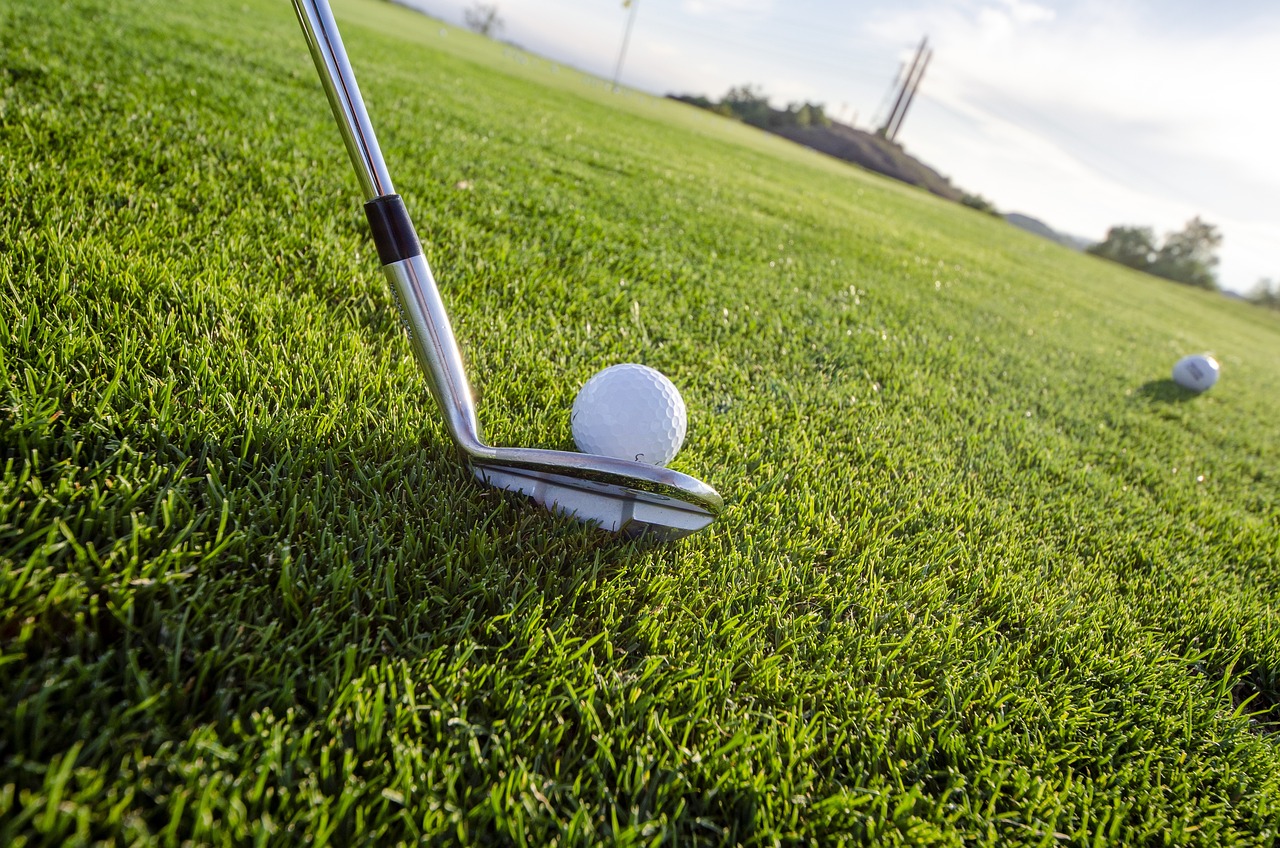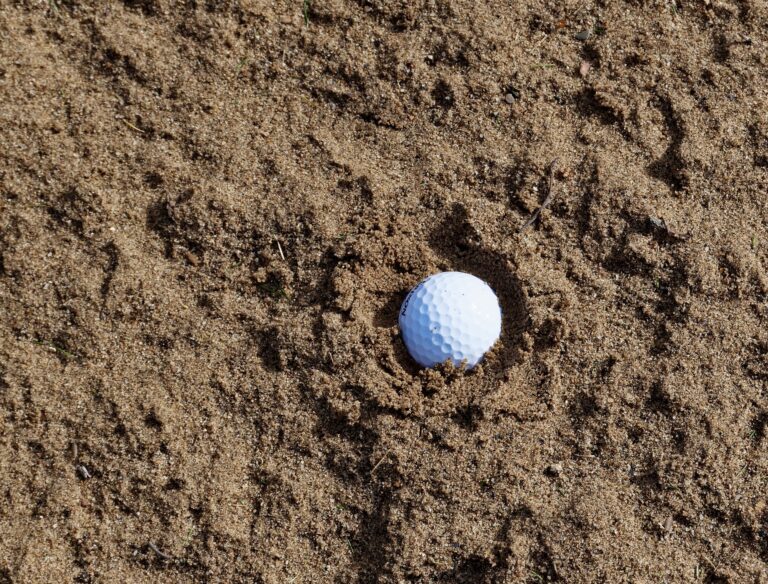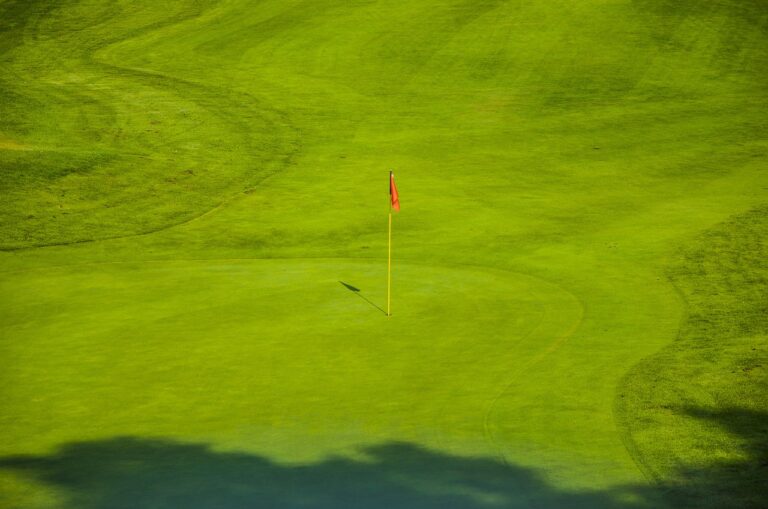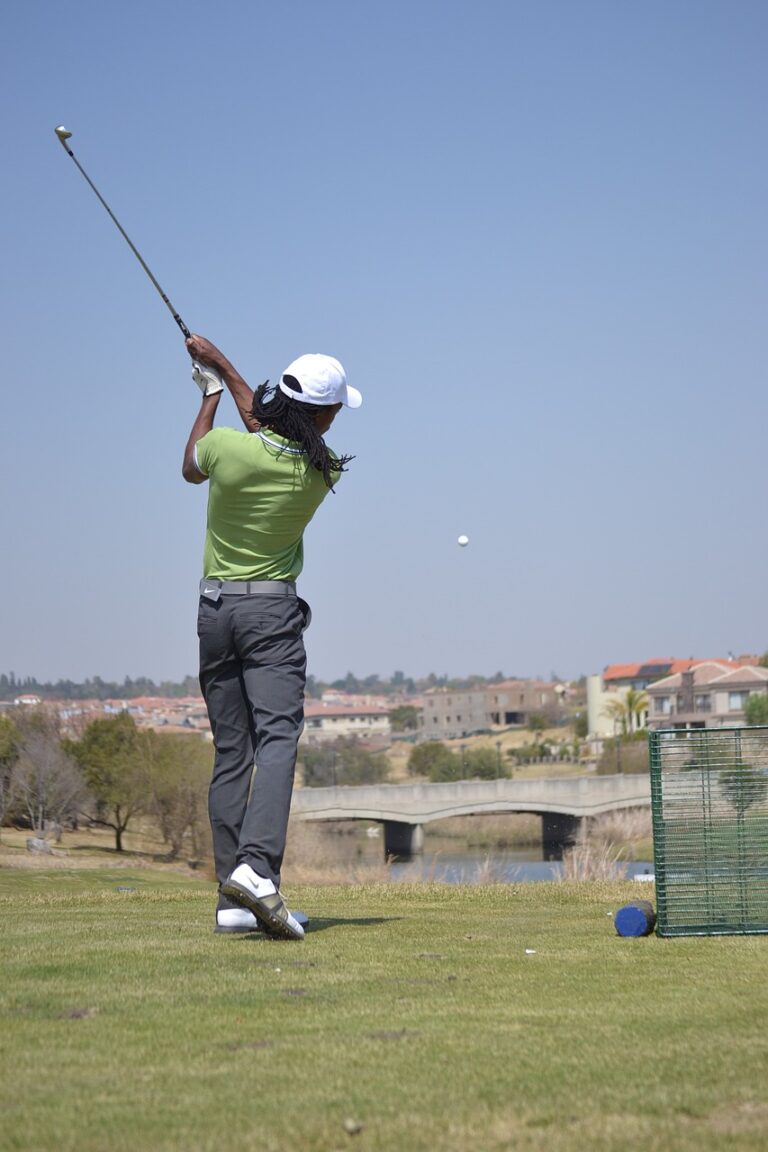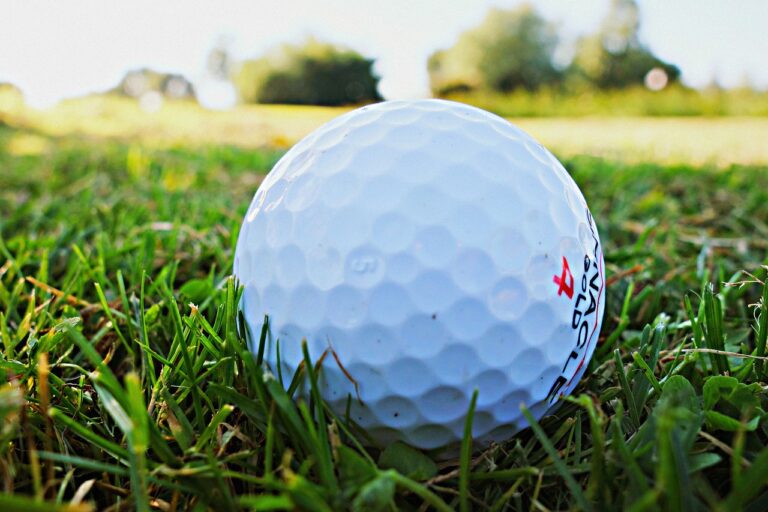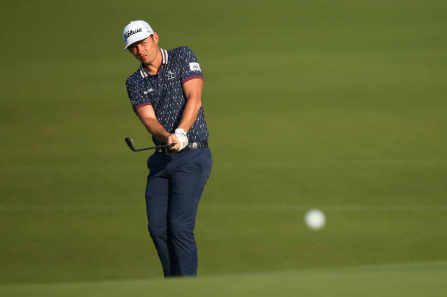How To fix a hook in Golf
In this post, I will share some insights into one of the most prevalent problems most newbies face which is how to fix a hook in golf.
Golf is a game that requires precision and skill. One of the most common problems golfers face, as I earlier stated, is a hook shot.
A hook shot occurs when the ball curves sharply to the left (for right-handed golfers) and can be frustrating for even the most experienced players. However, with the right technique and practice, a hook shot can be fixed.
To fix a hook shot, it’s important to first understand what causes it. A hook shot is caused by a closed clubface at impact, which means the clubface is pointing left of the target at the moment of contact with the ball.
This causes the ball to spin left, resulting in a hook shot. There are several factors that can contribute to a closed clubface, including grip, stance, and swing path. By identifying and addressing these factors, a golfer can correct their hook shot and improve their overall game.

Fixing a hook shot requires patience and persistence. It’s important to focus on proper technique, such as a neutral grip, an open stance, and a more shallow swing path.
Practicing with a coach or experienced golfer can also be helpful in identifying and correcting any flaws in technique. With dedication and practice, a hook shot can be fixed, allowing golfers to enjoy the game and improve their scores.
Understanding the Hook.
When you’re playing golf, nothing can ruin your round quicker than a hook. But what exactly is a hook in golf? And more importantly, how do you fix it?
A hook is a type of golf shot that results in the ball traveling in a trajectory from right to left for right-handed golfers, and vice versa for left-handed golfers. The dreaded hook often lands your ball into a problematic situation, making the game harder and less enjoyable.
Luckily, fixing a hook isn’t as daunting as it may seem, and this guide is here to help you straighten your shots!
Understanding the Causes of a Hook.
Before you can fix a problem, you need to understand what’s causing it. Here, we’ll dive into some of the main culprits behind the dreaded hook in golf.
Grip Gone Wrong.
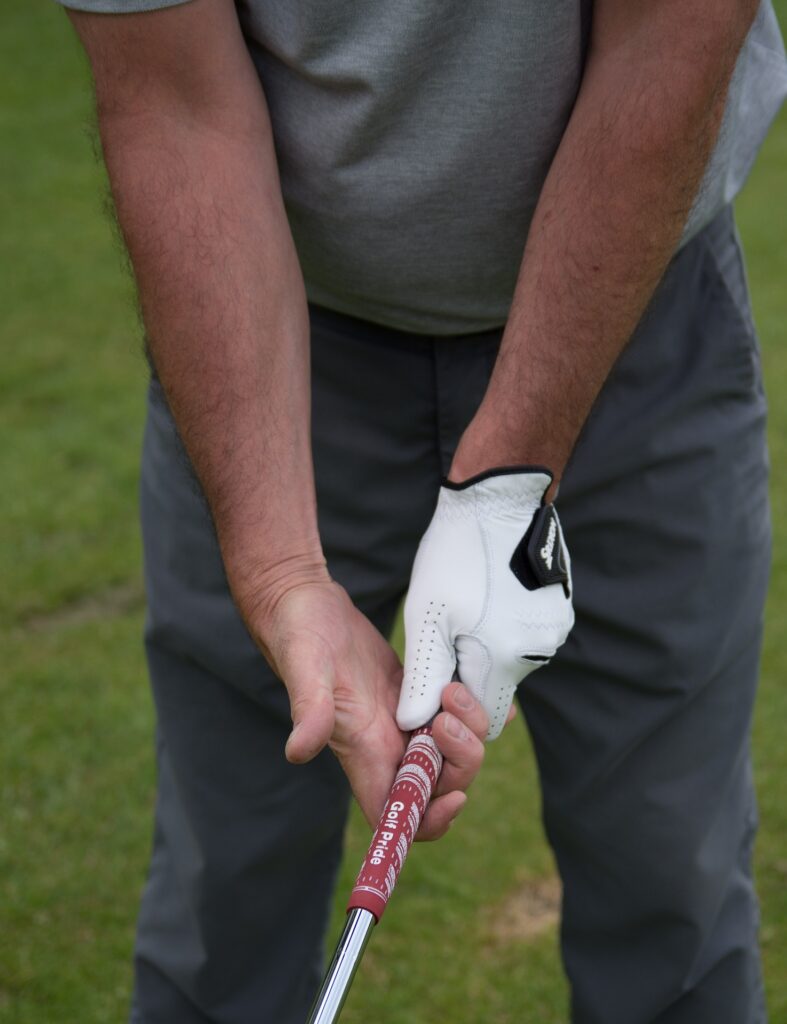
Have you ever given a thought to how you’re holding your club? An incorrect grip is often the leading cause of a hook.
When your hands are turned too far to the right on the club (for a right-handed golfer) – a stance known as a ‘strong grip’ – it can often result in a hook. To fix this, you need to correct your grip. We’ll cover more on this later.
The Swing Path Swerve.
Another primary cause of the hook is an inside-to-outside swing path. This means, at the point of impact, your club is moving from inside the target line to outside of it. This wrong path can force the ball to take a right-to-left curve (for a right-handed golfer), resulting in a hook.
Closed Clubface Conundrum.
The position of your clubface at the moment of impact can significantly influence the ball’s direction. If your clubface is closed relative to the swing path at impact, it’s almost a surefire way to produce a hook.
This can often be the result of a strong grip, improper stance or misalignment of your body.
Now that you understand the causes, we can move forward with the solutions. Patience is key here, as correcting a hook in golf is not a quick fix, but a process that requires understanding and consistent practice.
Key Techniques: How to Fix a Hook in Golf.

Alright, now that we understand what causes a hook let’s dive into the techniques to fix it. Remember, practice and patience are key when it comes to improving your golf swing.
Adjust Your Grip.
First things first, let’s deal with your grip. This could be the primary culprit behind your hook. If your hands are turned too far to the right (for right-handed players), your grip is too strong and can lead to hooks.
Try this: The top hand (left hand for right-handed golfers) should be able to see two to three knuckles. The V formed by your thumb and index finger should point toward your right shoulder. Conversely, the V of your bottom hand (right hand for right-handed golfers) should point towards your left shoulder.
Get Your Stance and Alignment Right.
Your stance and alignment play a vital role in the direction your golf ball takes. So, it’s crucial to get these right.
Make sure your feet, hips, and shoulders are parallel to the target line. This alignment can help ensure your swing path follows the target line, reducing the chances of a hook.
Also, be mindful of your distance from the ball. Standing too close can cause an inside-to-outside swing path. You should be at a comfortable distance where you can freely swing your club without stretching or feeling too close to the ball.
Keep Your Clubface Position Neutral at Impact.
The position of your clubface at impact can be a game-changer. If your clubface is closed relative to your swing path at impact, your ball is likely going for a ride to the left (for right-handed golfers).
To avoid this, work on keeping your clubface in a neutral or slightly open position at impact. This means the clubface should be pointing directly at the target at the moment of impact. You can achieve this by maintaining good wrist position throughout your swing.
Remember, Rome wasn’t built in a day, and neither is a great golf swing. It’s going to take some time, so don’t get discouraged if you don’t see immediate results. Keep practicing these techniques and you’ll be on your way to a hook-free game!
Boosting Your Game: Enhancing Skills with Drills.
While understanding the techniques to fix a hook in golf is crucial, there’s nothing that can replace the value of good old-fashioned practice. Here are a few recommended drills that can assist you in mastering those techniques and refining your golf swing:
The Tee Drill.
This drill is specifically designed to correct an inside-to-out swing path – a common cause of hooks.
Here’s how you do it: Place a tee in the ground just outside your golf ball. Your task is to hit the ball without knocking over the tee. The idea is to encourage a swing path that is more directly along the target line, instead of moving from the inside to the outside.
The Basket Drill.
The Basket Drill is another great way to promote a neutral swing path.
How to go about it: Position a basket or any other object about 3-4 feet in front of your ball, right in line with your target.
Now, as you swing, the club should move along the line towards the basket, not to the inside of it. This can help you maintain a neutral swing path, reducing the chances of a hook.
The Glove Drill.
The Glove Drill is aimed at ensuring a correct body rotation during your swing.
Here’s how you do it: Tuck a golf glove under your right armpit (for right-handed golfers) and then take your swing. Try to keep the glove from dropping as you swing. This encourages proper rotation of your body, which can help prevent an inside-to-out swing path.
These drills, when practiced regularly and correctly, can significantly improve your swing mechanics and reduce the likelihood of hooks.
As with any sport, the key to improvement in golf is consistent practice, so make these drills a part of your regular practice routine and you’ll be well on your way to a better game.
In Conclusion: The Path to a Hook-Free Game
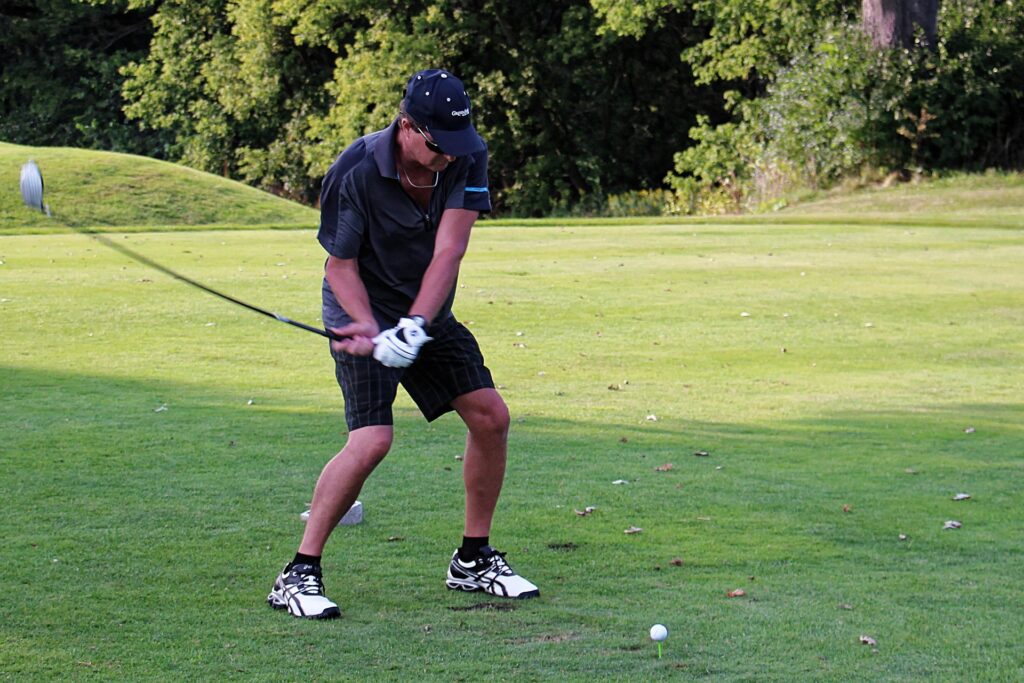
Fixing a hook in golf is more than just a quick tweak; it’s a journey that requires understanding, practice, and patience. We’ve broken down the main causes of a hook and outlined the key techniques to fix them.
By adjusting your grip, ensuring correct alignment, maintaining a neutral clubface position at impact, and using the recommended drills, you’re well on your way to eliminate that dreaded hook.
But remember, Rome wasn’t built in a day, and a hook-free golf swing won’t be either. It’s important to remain patient and keep practicing these techniques. Consistency is key here, and over time, you’ll likely start to see an improvement.
This journey is not just about fixing a hook. It’s about improving your overall golf swing and enhancing your enjoyment of this wonderful game.
So embrace the process, enjoy the journey, and before you know it, you’ll be watching your golf balls flying straight toward their target.
In the words of the legendary golfer Gary Player, “The more I practice, the luckier I get.” So keep practicing, and you’ll soon see those hooks disappearing!

